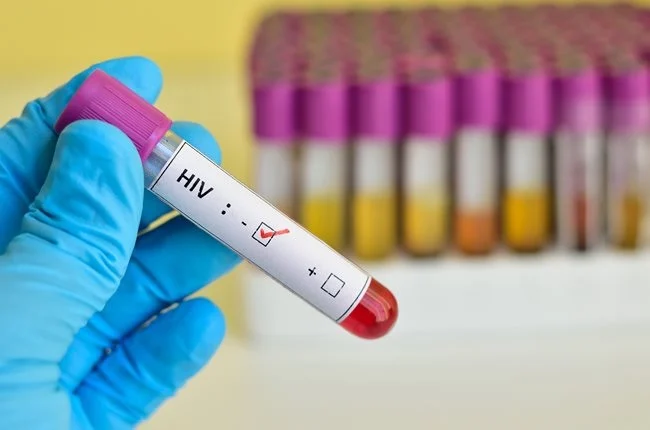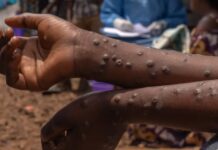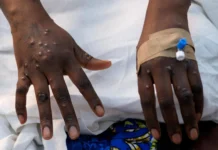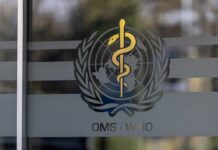By Michelle Ndaga
Kenya has reported 20,105 new HIV infections in 2025, marking a sharp rise from 15,478 cases in 2024, according to new estimates released by the National Syndemic Diseases Control Council (NSDCC).
The data places the total number of people living with HIV in the country at 1.326 million.
The increase is concentrated in Nairobi and Nyanza counties, including Kisumu and Homa Bay, which continue to record some of the highest infection rates nationally.
Women and girls account for 61 percent of new cases, a trend linked to poverty, migration, limited access to pre-exposure prophylaxis (PrEP), and recurring shortages of antiretroviral drugs.
Officials noted that improved tracking and reporting mechanisms partly explain the higher numbers, though structural and socio-economic drivers remain a major concern.
The findings have raised public debate over the adequacy of current HIV prevention and treatment strategies.
In response, the government has announced plans to roll out the long-acting Lenacapavir injectable in 2026, targeting high-risk populations as part of intensified efforts to curb new infections.
Health authorities say the intervention, combined with expanded PrEP access and strengthened drug supply systems, will be central to achieving progress toward Kenya’s HIV response targets.
The report underscores the urgent need for sustained investments in prevention, treatment, and community-based support to protect vulnerable groups and reverse the rising trend.



















